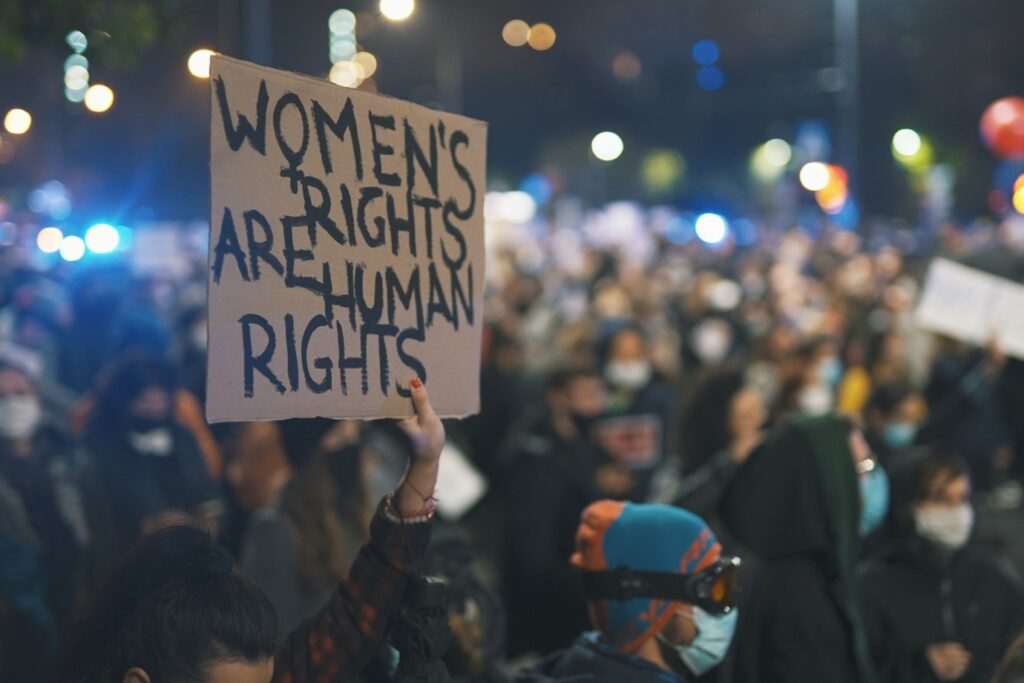
A recent report highlights the urgent need for stronger laws and institutions to advance global gender equality. The 2025 Global Gender Gap Report, produced by the World Economic Forum in collaboration with the World Bank’s Women, Business and the Law project, emphasizes that closing the gender gap is not only a moral obligation but also a strategic economic decision.
Achieving gender equality in the workforce could increase long-run GDP per capita by an estimated 20 percent on average across various countries. In terms of entrepreneurship, this shift could contribute between $5 trillion and $6 trillion to the global economy. Furthermore, legal equality for women could facilitate income convergence, enabling less affluent nations to align their living standards with those of more developed economies.
Despite these potential benefits, significant legal and policy barriers remain. The report reveals that among the 190 economies examined, 96 countries still lack laws prohibiting gender-based discrimination in accessing credit. Additionally, 92 economies do not enforce equal pay for equal work, while 77 countries restrict women from higher-paying jobs. Alarmingly, 18 nations continue to enforce laws that require wives to obey their husbands.
The Global Gender Gap Index indicates that nations with robust legal frameworks often achieve better gender parity outcomes. These include higher female labour force participation, improved access to education and healthcare, equitable pay, and enhanced political representation. The data underscores the importance of strong gender-equal laws as a foundation for measurable progress toward gender equality.
In the words of Saadia Zahidi, Managing Director of the World Economic Forum, this year’s report “arrives at a decisive moment, with the world in flux.” She notes that “technological breakthroughs, geopolitical conflict, and economic uncertainty are creating unprecedented challenges as well as bringing new opportunities. Amid such change, gender parity is both a principle and a strategy.”
Currently, the global gender gap stands at 68.8 percent closed, indicating that at the current rate of progress, it will take another 123 years to achieve full gender parity. While gaps in health (closed by 96.2 percent) and education (closed by 95.1 percent) have seen significant improvements, economic participation (closed by 61 percent) and political empowerment (closed by 22.9 percent) lag behind.
The report highlights that while laws and policies are vital for closing gender gaps, they must be supported by effective systems and social norms. Although 98 economies have enacted legislation mandating equal pay for work of equal value, only 35 economies have implemented measures for pay transparency or enforcement mechanisms to address the pay gap.
To close gender gaps effectively, the report asserts that progress must occur on three interconnected fronts: stronger laws, stronger institutions, and stronger outcomes. It emphasizes that no single effort is sufficient; lasting change requires aligning all three aspects.
In summary, the 2025 Global Gender Gap Report reveals a complex landscape of gender equality, underscoring the urgent need for comprehensive strategies that include legal reforms, institutional support, and measurable outcomes. Addressing these issues not only serves social justice but also offers significant economic advantages on a global scale.







